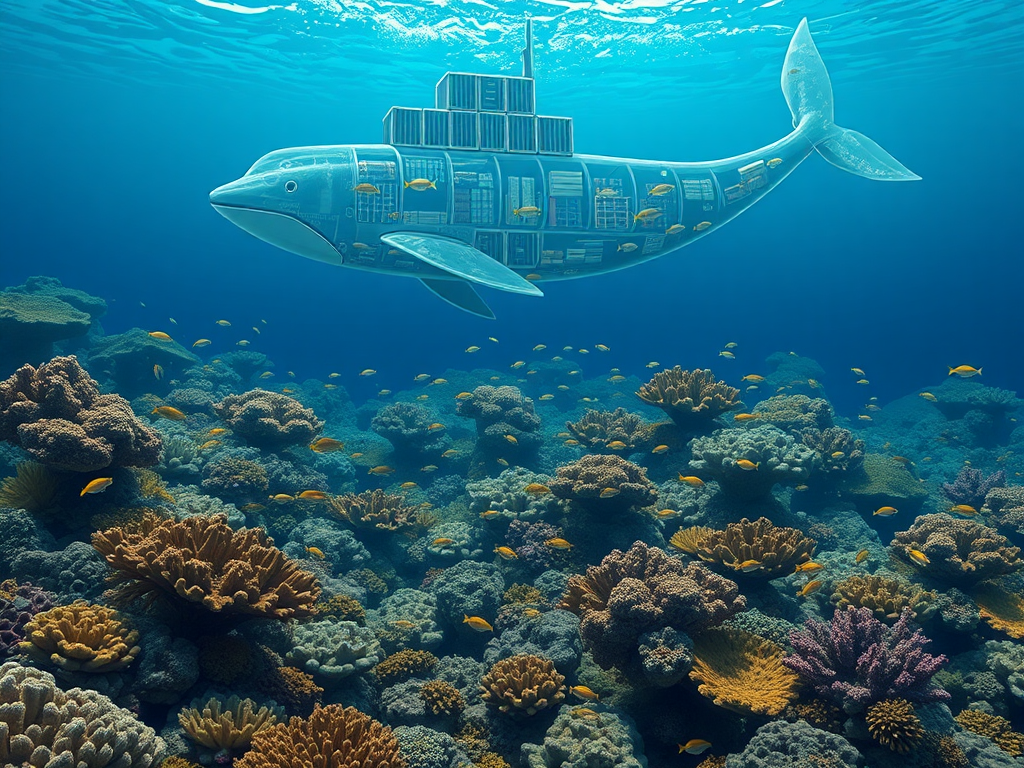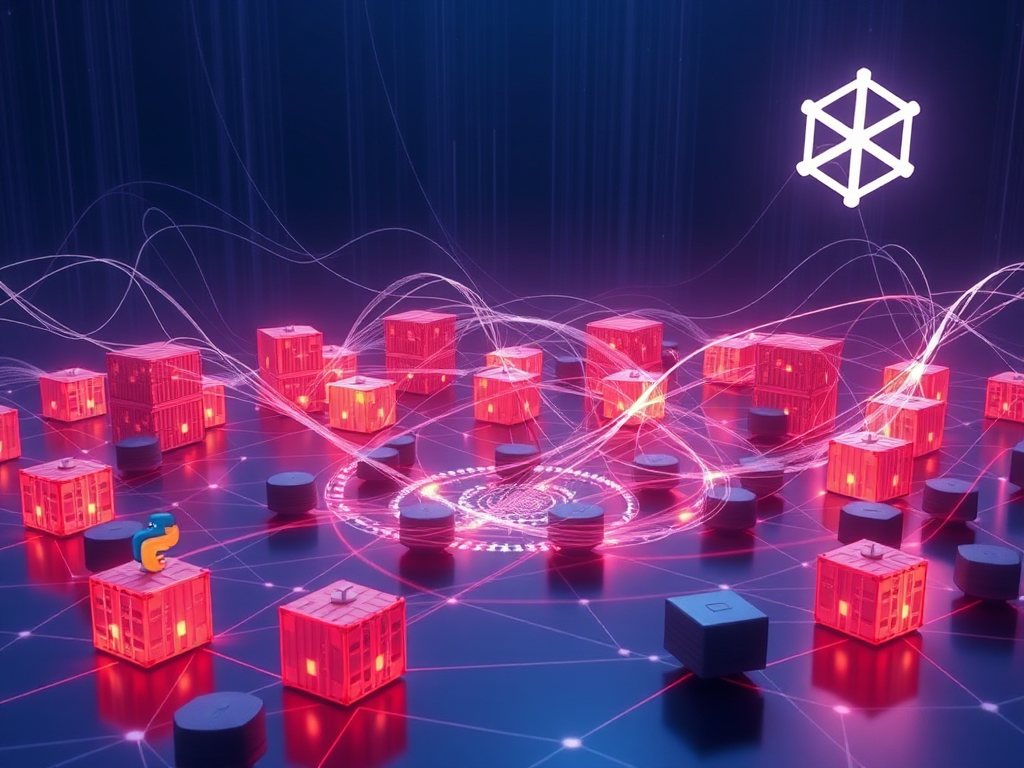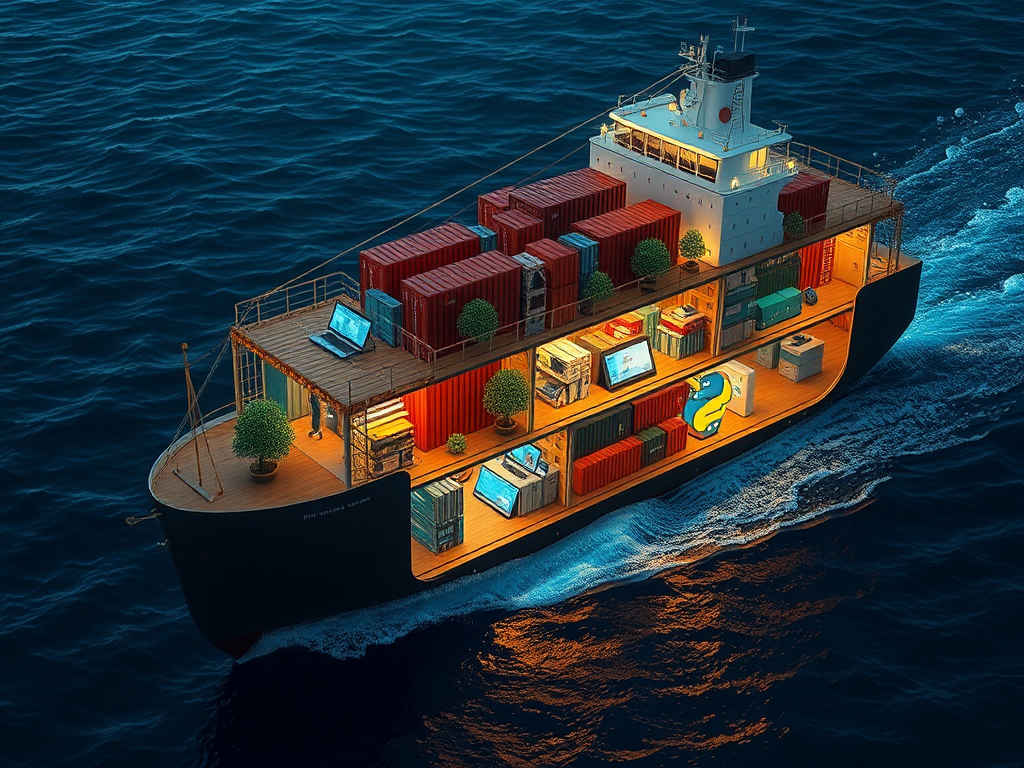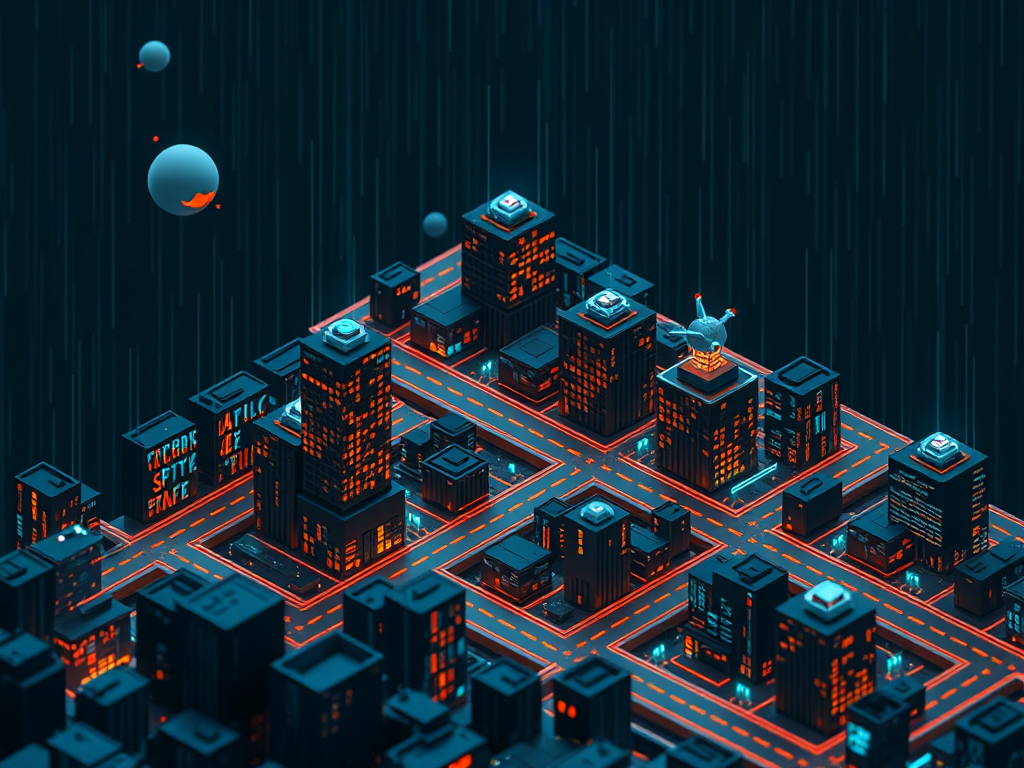Basic Concepts
You've probably heard of containerization technology, but do you really understand it? As a Python developer, I've noticed many colleagues are both interested in and somewhat intimidated by containerization. Today, let me discuss containerization using simple language, combined with practical Python project experience.
Containerization technology is like packing our applications in a "standardized shipping box." Have you ever encountered a situation where code runs fine on your computer but encounters problems when deployed to a server? This is caused by environment dependency issues. Containerization technology was born to solve this problem.
I remember when I first encountered containerization, the concepts seemed very abstract. Until one day, while working on a Python Web project, I encountered a typical problem: the project needed to be deployed in several different environments, each with different system configurations. That's when I truly understood the value of containerization.
Technical Advantages
Regarding the advantages of containerization, I think these points are crucial:
First is environmental consistency. Remember that data analysis project I worked on? Some team members used Windows, some used Mac, and others used Linux. Previously, environment configuration was always time-consuming, but since using containerization technology, this problem has been completely solved. Containers are like standardized "small rooms" that maintain identical environment configurations no matter which "building" (operating system) they're placed in.
Second is resource utilization efficiency. Compared to traditional virtual machines, containers use much fewer resources. In our testing environment, with the same hardware configuration, the number of instances that could run simultaneously increased by more than 3 times after containerization. This means we can run more applications with fewer servers.
Practical Experience
Now, let me share some experience from actual projects. Let's use a typical Python Web application as an example, such as an API service using the Flask framework.
First is writing the Dockerfile. This file is like a "manual" for packaging our application. From my practical experience, it's best to choose the alpine version as the base image because of its small size and high security. For example:
FROM python:3.9-alpine
WORKDIR /app
COPY requirements.txt .
RUN pip install --no-cache-dir -r requirements.txt
COPY . .
CMD ["python", "app.py"]
This Dockerfile looks simple, but there are hidden tricks. I recommend copying requirements.txt and installing dependencies before copying the code, which can utilize Docker's caching mechanism to speed up the build process.
For dependency management, I've developed a useful tip: use pip-tools to manage dependencies. It can automatically handle dependency relationships and generate deterministic dependency lists. This ensures using exactly the same package versions in different environments.
Implementation Details
Regarding the specific deployment process, I think the most important aspect is the layering strategy. Container images are stored in layers, and proper layering can greatly improve build efficiency and image reusability. I usually organize it this way:
- Base environment layer: Operating system and Python environment
- Dependency installation layer: Project dependencies
- Application code layer: Actual business code
The advantage is that when only business code changes, only the last layer needs to be rebuilt, greatly improving build speed.
In production environments, we also need to consider monitoring and log collection. I recommend using Prometheus to monitor container status and the ELK stack to collect and analyze logs. This allows for timely problem detection and resolution.
Performance Optimization
Regarding performance optimization, I have some practical insights to share. First is image size optimization, I usually use multi-stage builds:
FROM python:3.9-alpine as builder
WORKDIR /install
COPY requirements.txt .
RUN pip install --prefix=/install -r requirements.txt
FROM python:3.9-alpine
COPY --from=builder /install /usr/local
COPY . .
CMD ["python", "app.py"]
This can reduce the final image size to about one-third of the original. In one of my projects, the image size was reduced from 1.2GB to 400MB.
Security Considerations
Security is an aspect that cannot be ignored in containerized applications. I suggest starting with these aspects:
- Run applications as non-root users
- Regularly update base images and dependency packages
- Use vulnerability scanning tools to check images
In practice, I've found that many security issues are actually caused by outdated dependency packages. So we established an automated process that checks for dependency updates and automatically builds new images weekly.
Experience Summary
Looking back at the entire containerization practice process, I want to emphasize several key points:
First is the importance of continuous learning. Containerization technology develops rapidly, and we need to constantly update our knowledge. For example, the recent BuildKit build engine has brought many new optimization possibilities.
Second is the importance of standardization. In team development, unified containerization specifications can greatly improve collaboration efficiency. Our team has developed detailed containerization specification documents, including base image selection, build processes, and security requirements.
Finally, how do you think containerization technology will affect the future of Python development? Feel free to share your thoughts and experiences in the comments section.




 Previous
Previous 





